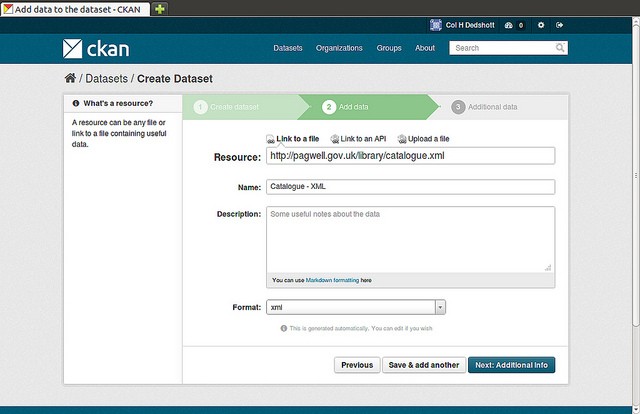4 Ways Publishers Are Using Data Today
Post on: 16 Март, 2015 No Comment

Today, everyone in publishing talks about data.
Data has become the key to competitive advantage in our industry. But how? Why are publishers investing in data capture and analytics? What are the benefits? In what ways are publishers using proprietary as well as third-party data to deliver better experiences/content for audiences?
1. Identifying trends
According to Chris Wiggins, Chief Data Scientist at The New York Times, Statistical analysis leads to a story, and many newsrooms are making a big investment in newsroom analytics. For legacy news media, the ability to identify and break of-interest stories that drive traffic and scale is critical. Data teams can analyze Web usage patterns to determine and even predict stories that might have been overlooked by a team of editors.
Beyond just breaking news, data can also be gleaned to get a better understanding of consumer intent. This is especially imperative for reviews-based content and product analysis where resonating with highly motivated buyers in just the right way is key.
2. Content That Performs
Thanks to the flood of reader data publishers can access, and the incorporation of more advanced technology on the back-end to harvest and analyze that data, performance metrics have evolved considerably. And though the transition from page views to more insightful metrics like attention minutes , click rate, bounce rate, time on page, user satisfaction or viewability has been a slow one, the rewards have been well worth the wait. These newer methods allow us to better evaluate content and advertising engagement and interest levels.
Further, enhanced data capabilities also provide publishers with an invaluable tool to assess which content areas are in fact meeting consumers needs and which areas they should broaden to meet reader demand. More often than not, low performance metrics indicate low-quality content. With better metrics, publishers can more fruitfully create and deliver whatever their audience is actually interested in and boost performance simultaneously.
3. A True User-First Approach
Publishers have more data on their readers than ever before, whether it be through proprietary means or third parties. As a result, its now possible to bracket readers by interests or intent to make ultra-refined content recommendations, pushing media the way that Amazon might push products, or Netflix does with video. BuzzFeeds former Director of Data Science, now at Cond Nast, recently touted this capability and the way it lets his editorial team deliver a better and more user-centric experience.
4. Layering Commerce
In addition to ultra-refined content recommendations, because of their wealth of data, digital publishers are in a great position to facilitate e-commerce opportunities on-site. Through product reviews and comparisons, as well as integrated storefronts, publishers can actually streamline purchase decisions and point in-market shoppers in the best direction. This is a huge benefit for readers who already trust the publisher, while broadening the publishers revenue potential. Years ago, publishers didnt have these capabilities. Now, thanks to data that can tell us exactly what audiences are interested in buying and browsing, commerce is more of a reality.
As we enter 2015, expect data to become an even greater asset for traditional and digital-first publishers. As competition for consumer attention continues to heat up, figuring out how to make incremental, user-first changes and build better, holistic site experiences through hyper-targeted content, e-commerce functionality, etc. will be the key to being successful over the long-term.














